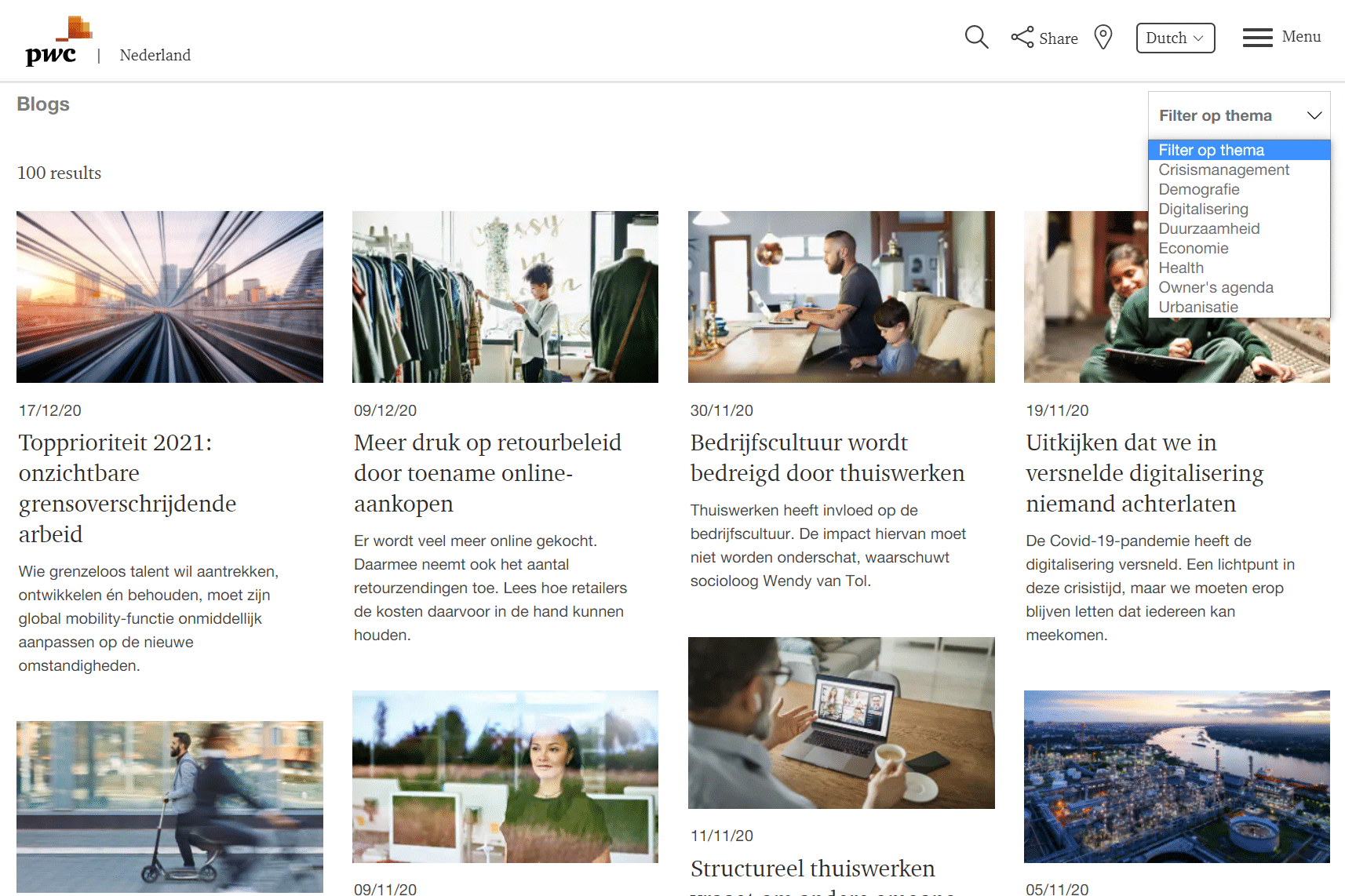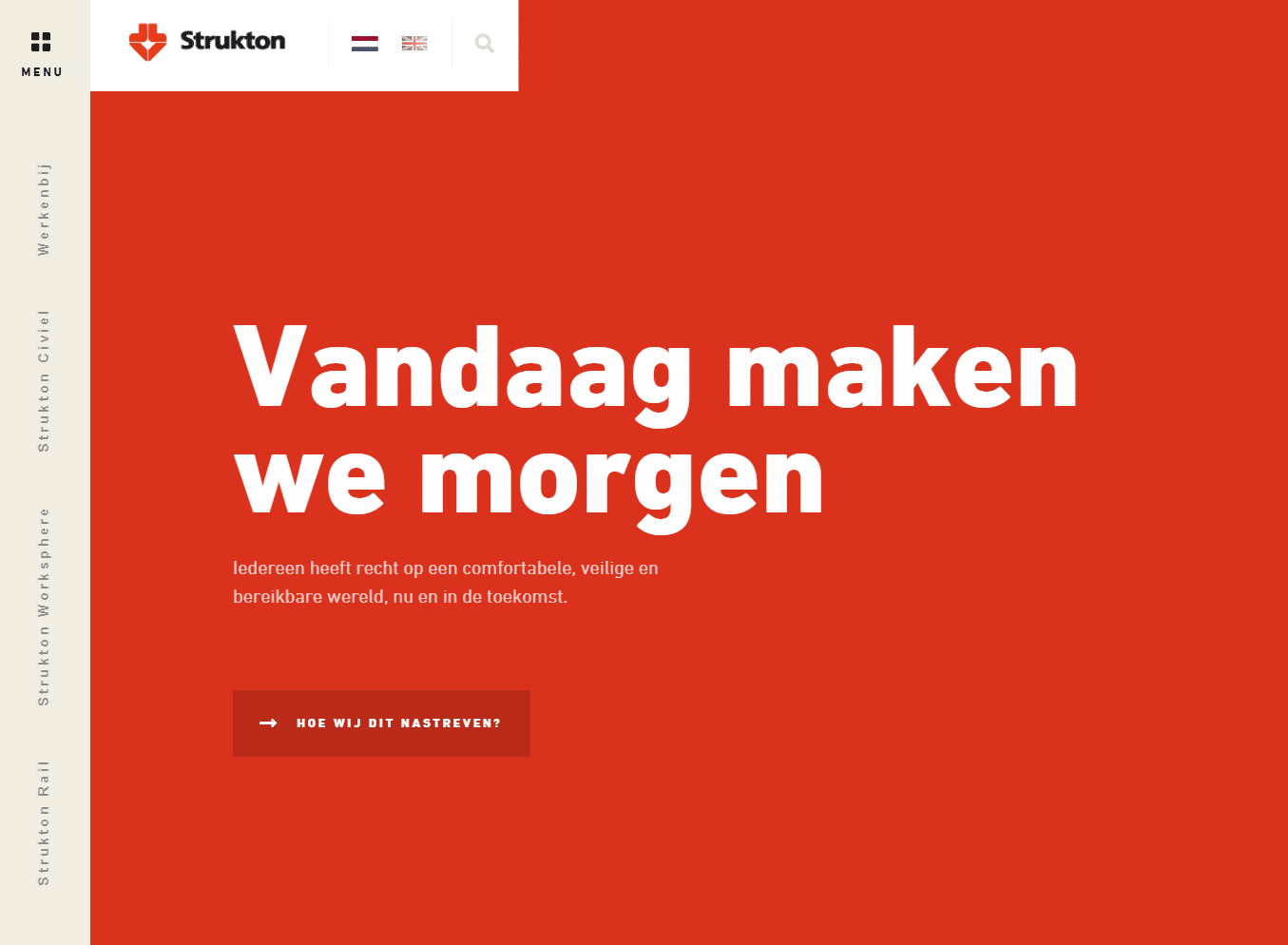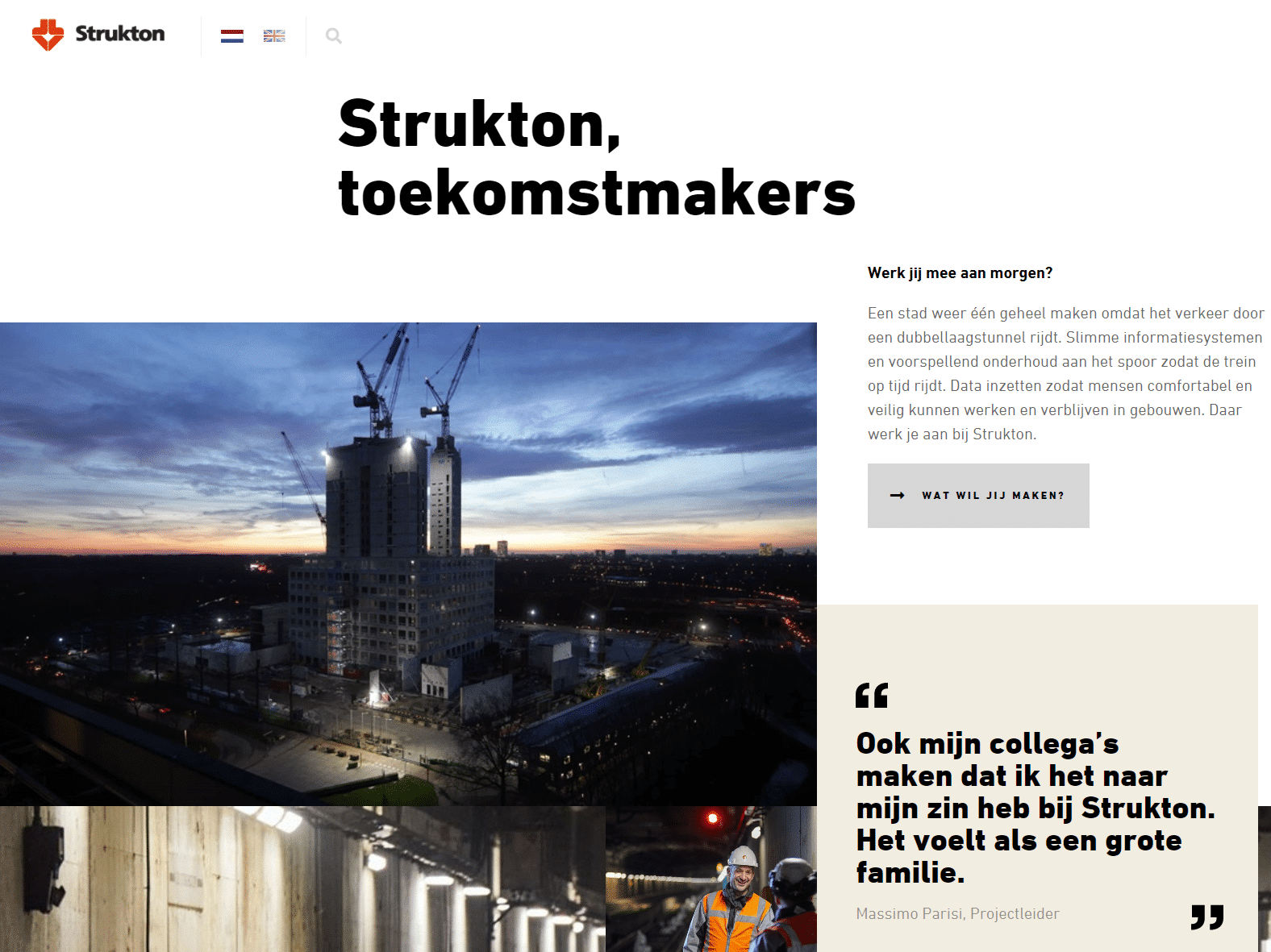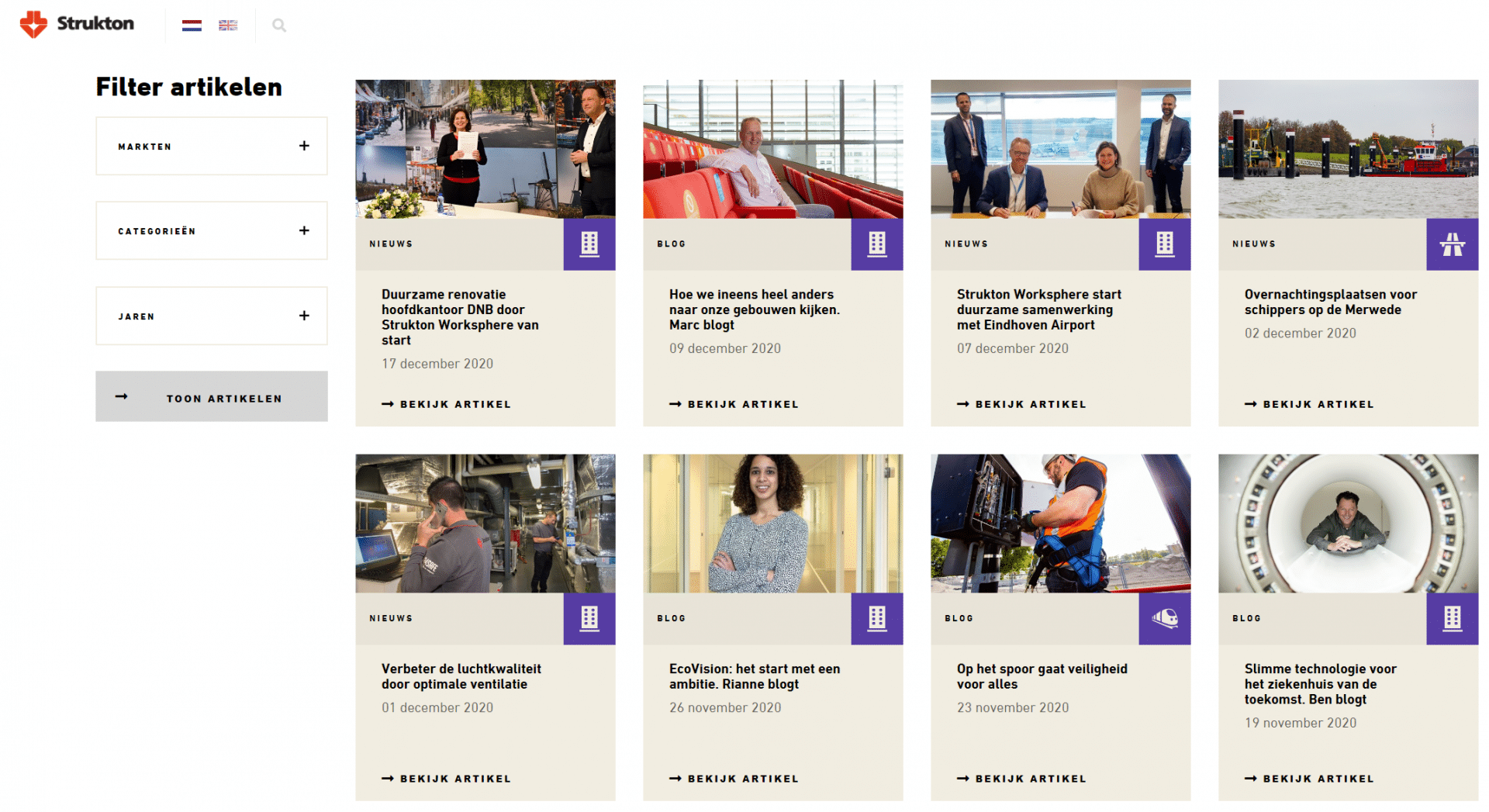*Brand archetype
Brand archetype Ally: United we stand

Does your brand stand up for an ideal or others, but the spotlight isn’t on you? The brand archetype Ally is the ally who always puts the success of its clients above its own honor and glory. The Ally is a rock in uncertain times and has no trouble finding the right personnel. We discuss how you can use the brand archetype in both industry and business services and explain, with the help of well-known brands, what exactly the Ally entails.
United we stand, divided we fall
What do Alfred, Batman’s butler, Pepper Potts from Iron Man, and of course, Sherlock Holmes’ Watson have in common? They are strong, capable characters who support the hero through thick and thin but don’t necessarily need to be in the spotlight. Not many people know that without their ally, the hero wouldn’t make it.

German reliability that doesn’t stand out too much. Volkswagen is the Ally among car brands
The brand archetype Ally fits well with brands that help stand up for an ideal or serve a greater good. The brand acts as an advocate, connector, or even servant and does whatever is necessary. And of course, the right ally is invaluable. The main challenge for the Ally is to strike the right balance between the customer and their own interests.
Brand Archetype Ally: ally is water carrier
In the book ‘The Captain Class‘, Wall Street Journal sports journalist Sam Walker writes about the underrated role of the ally. Using his own methodology, he found the 16 best-performing teams ever from a variety of sports such as football, basketball, baseball, volleyball, and ice/field hockey, and examined how these teams could excel so far above the rest. His conclusion: they all had one selfless water carrier, often the captain, who chose the success of the team over their own honor and glory. Therefore, it was not the stars of the team but the reliable ally who were the engine of success.
The unpretentious Brand Archetype Ally is genuinely interested in others and reassures them: together we’ll make it. The Ally does not lead the way themselves, but the ally also does not lack self-confidence, and when it comes down to it, they will do what is necessary. The Ally likes to connect themselves to the success of their clients but will never try to take credit for it.
The profession of an accountant, like many other so-called liberal professions, traditionally fits very well with this brand archetype. Before they united in large firms with tens of thousands of employees who – sometimes it seems – are plagued daily by fraud and other accounting scandals, each accountant worked with a small team of assistants and personally served their clients. The accountant was the trusted person who simply had the best interests of the entrepreneur at heart. By the way, until recently, you could also count on your accountant not arriving in a fancier car than you as a business owner could afford.
Example Brand Archetype Ally: Volkswagen
Car brand Volkswagen embodies the brand archetype Ally like no other. It’s the car brand that grows with you, from newspaper boy to CEO, without boasting too much. Volkswagen embodies German reliability and benefits greatly from it. It is one of the best-selling car brands with around 11 million cars sold worldwide per year.
With the following commercial, especially for the American market, the brand plays with its own image (the accountant) and the self-image of its customers:
For part 2: https://www.youtube.com/watch?v=rpSSEP6Bi44
Despite its confidence, the brand received a significant blow from the emissions scandal. The fines were hefty, but the 40% drop in the stock price hit harder. In 2019, the brand introduced a “new” Volkswagen, a holistic brand approach in which it aims to appear more human and lively. According to YouGov’s BrandIndex, the brand still has a long way to go, dropping from a score of 25.3 in 2015 to about 10 and climbing back up to 20.5 since then.
However, its more authentic, warm, and forward-looking approach to the market does align with the traditional value we would attribute to Volkswagen. And that results in impressive advertisements:
3 levels of the Brand Archetype Ally
The Ally takes action when she sees someone who is standing alone or in need of help. It is a given that everyone is treated equally and to the same high standards with integrity. The different levels revolve around the question of whether the Ally herself has a goal or is serving the goal of one or more others. The levels of the Brand Archetype Ally are:
- Advocate
- Connector
- Servant
Brand Archetype Ally as Advocate
From a deep sense of responsibility and integrity, the Ally feels compelled to stand up for the interests of a community or an individual. Something she thinks is sorely needed. Think of a lawyer who stands up for the interests of vulnerable people or someone who selflessly manages a piece of heritage. Even if it is unpopular, obscure, or so sensitive that no one wants to touch it, the Ally stands up to do what is necessary.
Brand Archetype Ally as Connector
The Ally believes that everyone is equal and that we all have something to contribute. Brands operating at this level provide a safe haven for a certain group of people or use their network to enable others to create this. This can mean acting as an amplifier, a spokesperson for others, or quietly making the necessary connections in the background. Although integrity is always a requirement, the Ally can serve different goals in this role, as everyone deserves to be heard.
Brand Archetype Ally as Servant
The level of servant is largely clear to most people. However, at this level, the Ally does not always serve just one other person or company. Servant leadership, for example, is becoming an increasingly relevant leadership style for knowledge organizations. The Ally as servant can therefore also serve a greater ideal, such as a certain organizational culture or mission. What matters, of course, at this level is that the brand acts to improve the lives of others, even if it requires a certain type of leadership. It is not about external recognition, the reward for these brands is inherent in the work.’
 Example Brand Archetype Ally in Business Services
Example Brand Archetype Ally in Business Services
The bond between accountancy and the Ally archetype is strong, as we have mentioned before. We believe that the big-four accounting firm PwC embodies this archetype the best. Accountants have been fighting for “relevance” and against their poor reputation among the wider public due to mistakes and scandals for years. Under the leadership of Ad van Gils, PwC is taking extra steps and “focusing much more on the major challenges facing society,” according to their own statement. How do they demonstrate this?

Tomorrow we create together”, says PwC and weaves this into its recent Christmas greeting
The distant tone has made way for a more human perspective and simpler language use. In just three short paragraphs, PWC outlines its purpose, and in the second paragraph, it is not afraid to be honest:
We are in the middle of a transformation process to become the organization that truly lives up to this purpose. We are convinced that this is the only way to remain relevant to our stakeholders. The purpose is our compass for developing new services that benefit not only our clients but society as a whole.
Therefore, PWC expresses itself as an Ally at the level of servant, and Covid-19 was an opportunity to put this into practice. PWC launched a Covid-19 Helpdesk for freelancers, entrepreneurs, and SMBs, which offers free assistance to help people with their most urgent questions. PWC representatives answer informational questions to help entrepreneurs move forward. Here too, the company keeps it as simple as possible. Although the accountant (probably out of habit) cannot help but exclude businesses with more than 250 employees and state that they do not provide any guarantees in the fine print. It’s just the nature of the beast.

A free offer to help during the Covid-19 crisis
Brand archetype PWC influences website and photography
A light, spacious website with easily readable, not too lengthy texts fits well with the message and brand archetype of Ally. In addition, the content of the articles has taken on a broader approach and mainly discusses topics that have a wider impact on society.

Blogs en articles on the website of PWC
Also in the photography, the client is at the center, not the accountant. What struck us in particular is that the people of PWC are dressed more casually. Especially the women bring color, but here and there you can also find men without a suit or even wearing a polo or cheerful shirt.

In the PWC annual report, it uses these photos for the topic ‘future of audit’
To assess the changing tone, content, design, and photography of PWC, we used archive.org to compare the current situation with previous years (<2016). By the way, what caught our attention in the interview with Van Gils is that he also directly refers to a “more appropriate reward” for the delivered relevance. Is it more of a pitch than a soapbox?
Benefits of Brand Archetype Ally
There is no market or company that does not recognize the words “rapidly changing market conditions”. Many companies no longer know what to expect and therefore seek a degree of security when it comes to suppliers. In the industry, major concerns are trying to drastically reduce the large number of suppliers, and in business services, it is becoming increasingly important that the (publicity) costs of a collaboration do not outweigh the benefits. In both cases, the brand archetype Ally is the answer. A selfless ally can quietly build the trust that is the basis of a long-term partnership.
The brand archetype Ally is anything but elitist, which also helps in recruitment and selection. The Ally stands up for others or certain ideals, and that is exactly what the vast majority of employees are passionate about. Glassdoor writes in its Mission and Culture Survey that 76% use a brand’s purpose to determine whether they want to apply at all. By being clear about its goals or ideals, the brand archetype Ally has an advantage in the job market.
Purely from a positioning point of view, the brand archetype Ally often has great potential. Many markets and brands tend to classify themselves into “luxury” or “cheap” segments, assuming that the middle ground leaves too little room for a healthy margin. The examples in this article certainly prove the opposite. As an Ally, many brands can therefore take a unique position in their market.
 Example Brand Archetype Ally Industry
Example Brand Archetype Ally Industry
Construction company Strukton describes itself as a technology company that operates in the markets for rail systems, civil infrastructure, and technology & buildings. With the slogan “Today we create tomorrow,” Strukton states that “everyone has the right to a comfortable, safe, and accessible world, now and in the future.” Within the brand archetype Ally, Strukton is clearly the advocate, standing up for an ideal and encouraging others to embrace change as well.

The Strukton homepage shows links to the three markets in which the company operates; rail, civil infrastructure, and technology and buildings
Also, Strukton positions itself as an unselfish water carrier and talks mainly factually about the development of new technology and the integration of solutions, the core of its activities. They have many more words for the challenges of their clients and the needs of society as a whole. The recruitment also fits in with this, the company is looking for future makers with the question ‘what do you want to make?’.

The recruitment text of Strukton on its website
Brand archetype Strukton: focus on results and people
Although these two often contradict each other, it fits well with Strukton’s positioning. The company makes it clear through its photography that their work revolves around people, and the text focuses on the achieved results rather than the work itself.

The article overview of Strukton on the website
The website and its expressions are all in line with each other. What is less in line, for example, is the 2019 annual report and the corporate clip featured on the homepage. While the mission is displayed on the third page of the annual report, it takes 17 pages before anything in line with that mission is recorded. The corporate clip also does not show anything related to the mission and there is no human presence in it.
The website embodies the brand archetype Ally, and the mission and positioning seem to fit well with it. We hope to see Strukton continue to follow this line in its other expressions in the coming period.
Pitfalls of Brand Archetype Ally
In practice, many brands identify themselves with the Ally brand archetype right away, while, if you ask a few more questions, they may have very different motives. Especially in business services, being an “ally” is a basic requirement for collaboration, as a supplier you always need to be helpful. But there is a big difference between normal helpfulness in a regular customer relationship and the attitude of the Ally brand archetype. Therefore, look further and find out what really drives a brand or organization.
An important pitfall for the Ally is that it can too easily put itself aside, making its contribution seemingly disappear. With this, the brand does not build long-term relationships and does not build trust. Even though the Ally does not need external recognition, mutual respect must be secured in the relationship.
On the other hand, there is the risk that the Ally will repeatedly be put in the shadow of the client. This makes it difficult for the Ally to achieve growth and to demonstrate its own added value to potential new customers.
Finally, there is the risk of being a gray mouse. By staying nice and ordinary, it is not clear to the market why they should turn to the brand. The marketing and communication of the brand can also lack a unique signature and become too average to be distinctive. The ally must strike the right balance in this. A clear content marketing strategy is a commonly used tool to address this.
Marketing Brand Archetype Ally
The Ally doesn’t necessarily need to be in the spotlight and doesn’t boast excessively. As a brand archetype, it typically uses simple, clear language and stands on an equal footing with its stakeholders. The tone is also adapted to this, with the Ally being down-to-earth and therefore seen as authentic. Let your customer shine, everyone understands that you have made a valuable contribution.

Dressed neatly but informally and emphasizing people
We see this attitude taken to heart at PWC. Less formal clothing, simpler and shorter texts, but also adopting a different communication level makes customers feel like the brand is standing beside them. In many cases, the Ally serves a regular beer instead of champagne and dresses in good, but not the most expensive, (branded) clothing. The Ally never rises above their customers in any way.
The Ally also doesn’t always take itself too seriously and is not afraid to be vulnerable. We previously discussed an example of this at PWC, but self-deprecating humor could also be a good approach for the Ally. What’s more confident than someone who can laugh at themselves?
In terms of brand identity, a calm, clear, and simple style without too much fuss fits the Ally. Examples of this include a simple, easy-to-read font and a calm color palette with some bright accents. On a website, this leads to a peaceful, calm website that highlights the concise, simple message. “Just regular people like you and me” are the focus in photography.
Brand Archetype Regular Guy or Ally: Why the Ally?
Unlike other articles in our series on Brand Archetypes, we deviate from the naming and interpretation of the Brand Archetype Ally as described in the book ‘The Hero and the Outlaw’. Brand archetypes are an important tool for brands in positioning, and a too unambitious or unmotivating brand archetype is never preferred by companies looking to succeed. We therefore abandon the unremarkable, self-effacing qualities of the Regular Guy brand archetype in favor of emphasizing the qualities of a strong ally.
Related brand archetypes
The Caregiver brand archetype is in every way alongside the Ally. She also has the best interests of the target audience in mind and wants to help them achieve all their goals. But where the Ally stands next to her customers, the Caregiver sometimes simply tells them what needs to be done. Caregiver Volvo limits the maximum speed of its cars to 180 km/h, while Volkswagen lets its Passat drive up to 238 km/h. Does your brand make decisions for customers instead of with them? Then the Caregiver may be a better fit for your brand.
The Ruler brand archetype also connects people and businesses. The big difference is that the Ruler always determines what that looks like. Where the Ally fights for an ideal or another half, the Ruler shapes the world according to his own insights and invites people to join in. Is status important for your brand or target audience? Then the Ruler brand archetype may fit your brand perfectly.